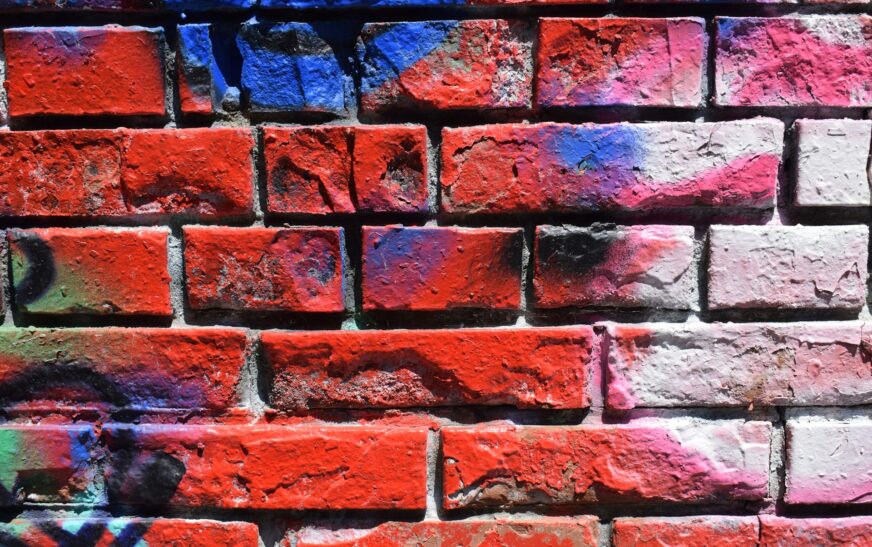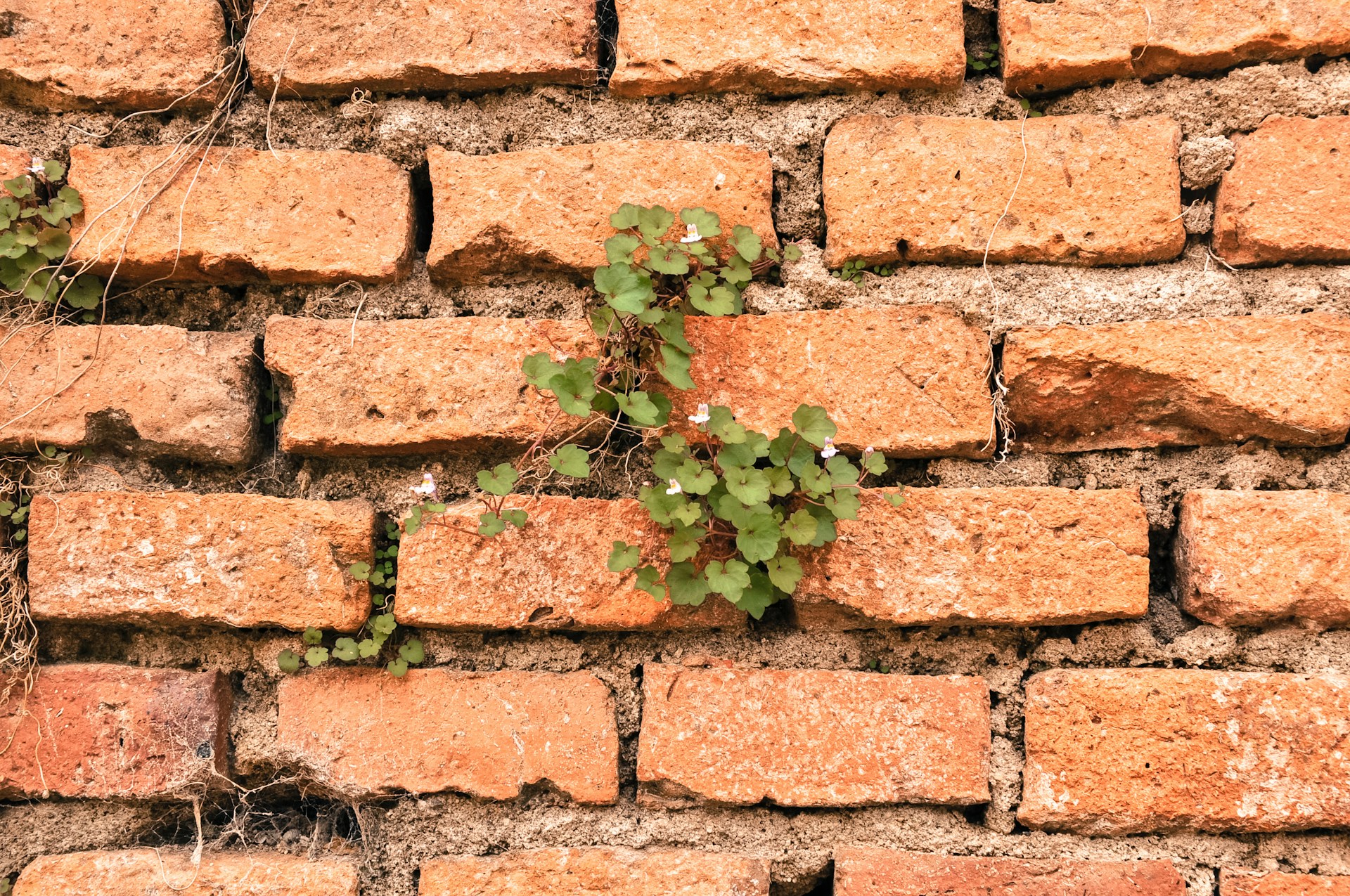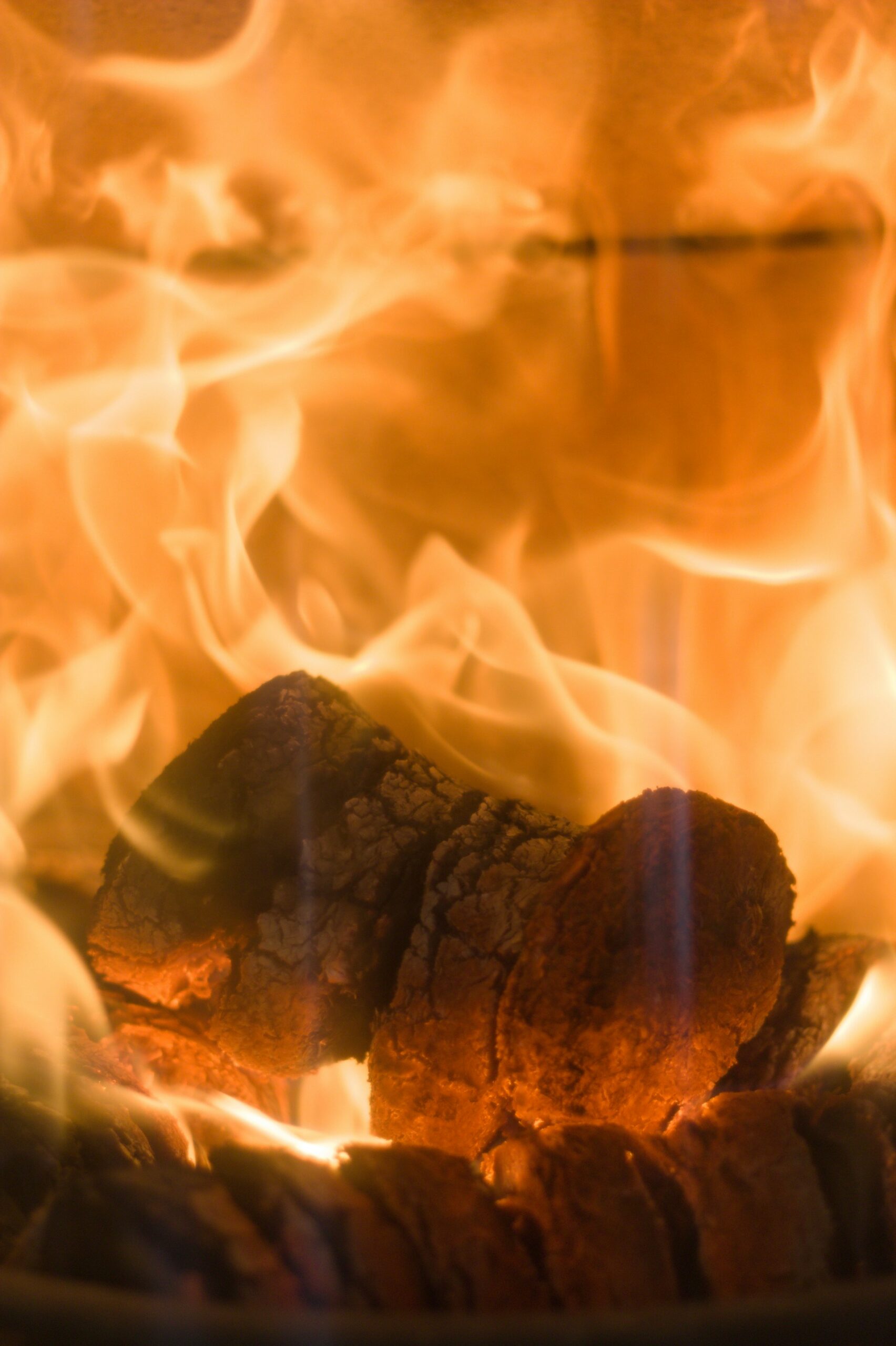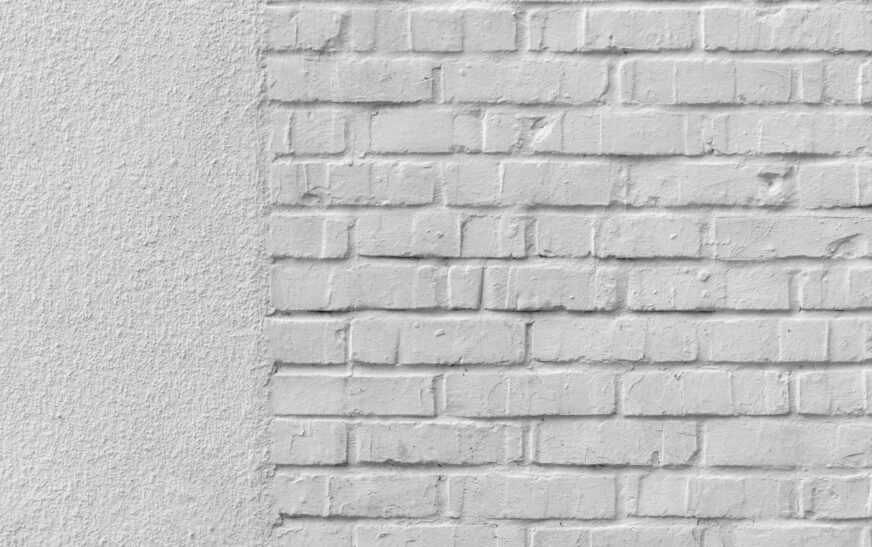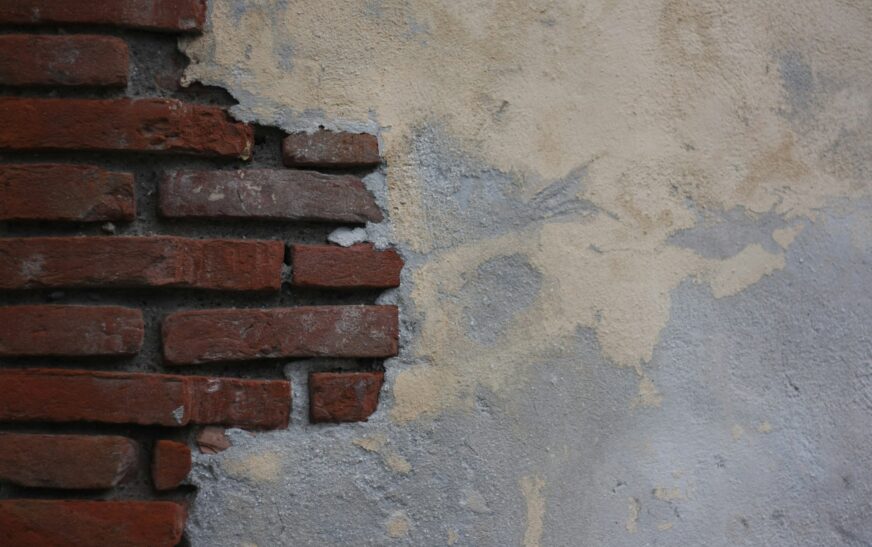Brick paving adds a timeless charm to patios, driveways, and walkways, but what if you’re looking to refresh its look? A common question homeowners ask is: can you paint brick paving? The answer is yes—but with some important caveats and considerations that can make or break the outcome.
Is Painting Brick Paving a Good Idea?
Painting brick paving is entirely possible, and when done correctly, it can transform a dull or weathered surface into a clean, modern aesthetic. That said, bricks are porous, absorbent, and exposed to the elements, so not every paint will adhere well or endure over time. It’s not as simple as grabbing a roller and going to work. Surface preparation, product selection, and environmental factors all play crucial roles in the success of the project.
Key Considerations Before You Start
- Surface Condition
Old, chipped, or moss-covered bricks will need thorough cleaning. A pressure washer can help remove debris, mildew, and old sealants. Painting over dirt or damage will only trap problems beneath the surface. - Climate and Exposure
Outdoor brick paving is constantly subjected to sun, rain, foot traffic, and sometimes vehicle load. This means paint must be not just decorative but durable and weather-resistant. - Breathability
One of the biggest issues with painting brick is moisture. Bricks need to “breathe.” Using the wrong type of paint can trap water and lead to peeling, blistering, or even structural damage over time.
Choosing the Right Paint and Materials
When selecting a paint for brick paving, look for:
- Masonry or concrete-specific paint
- Acrylic-based paints with breathable formulations
- Non-slip additives, especially for walkways or poolside areas
Some professionals recommend a masonry stain over traditional paint, as stains penetrate the surface rather than sit on top, maintaining breathability while still offering color.
A high-quality primer may also be necessary, particularly if the bricks are old, heavily porous, or have previously been painted.
Steps to Paint Brick Paving Properly
- Clean the surface thoroughly – Remove dirt, moss, grease, and old coatings.
- Let it dry completely – Moisture trapped under paint is a recipe for disaster.
- Apply a primer (if needed) – This improves adhesion and ensures a uniform finish.
- Use a roller or sprayer – Choose tools suited for masonry surfaces.
- Allow for full curing – Follow manufacturer guidelines for drying and curing times.
- Seal the surface – A masonry sealer adds an extra layer of protection and helps prolong the life of your painted surface.
Pros and Cons of Painting Brick Paving
Pros
- Visually transforms outdated or stained pavers
- Allows for customization in color and finish
- Can extend the aesthetic life of older brick
Cons
- Requires regular maintenance
- Can peel or flake without proper prep
- Reduces brick breathability if the wrong product is used
Alternative: Brick Staining
If you’re hesitant about the permanence or upkeep of paint, staining might be the better route. It maintains more of the natural texture and breathability of the brick while still changing its color. It also tends to wear more gracefully over time rather than chipping or peeling.
Read More : How to Paint Fireplace Bricks: A Complete Guide to Updating Your Hearth
Final Thoughts
So, can you paint brick paving? Absolutely—but it’s not a shortcut job. It requires careful surface prep, the right materials, and a realistic understanding of upkeep. When done right, it can deliver a dramatic visual upgrade that lasts. Just remember: the more time you spend in preparation, the better and longer-lasting your results will be.

